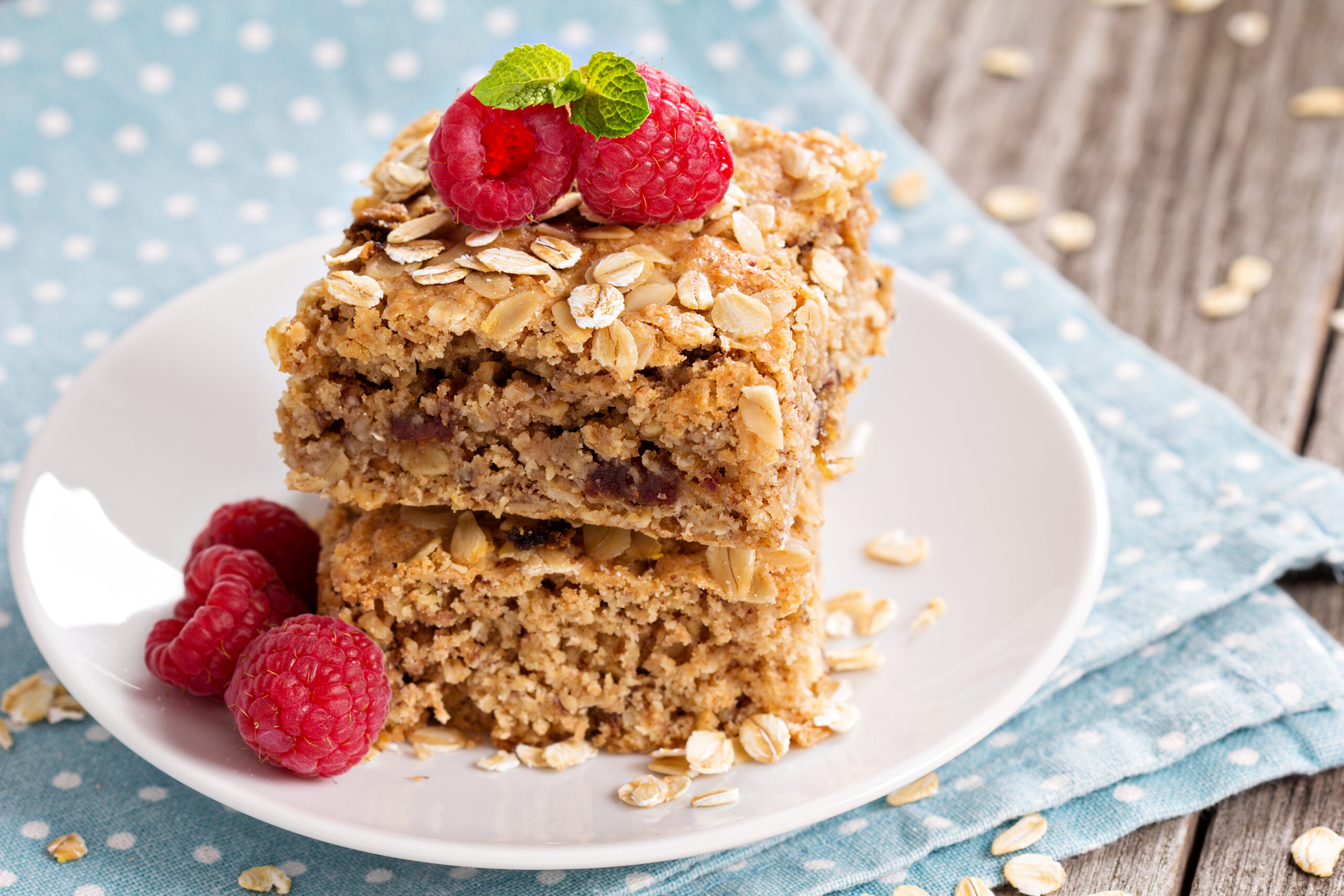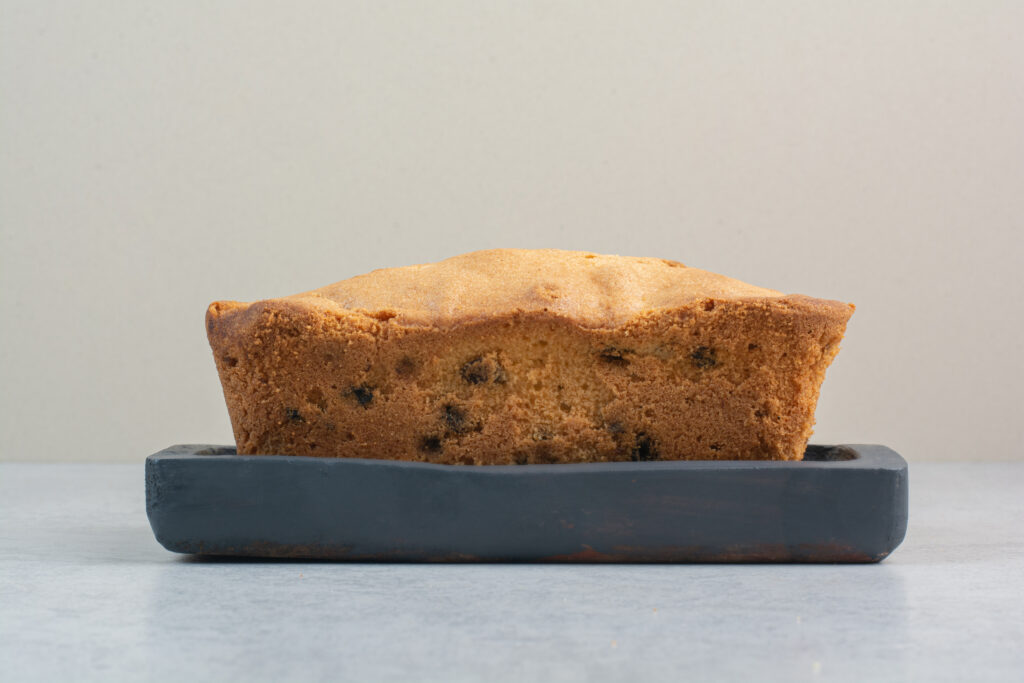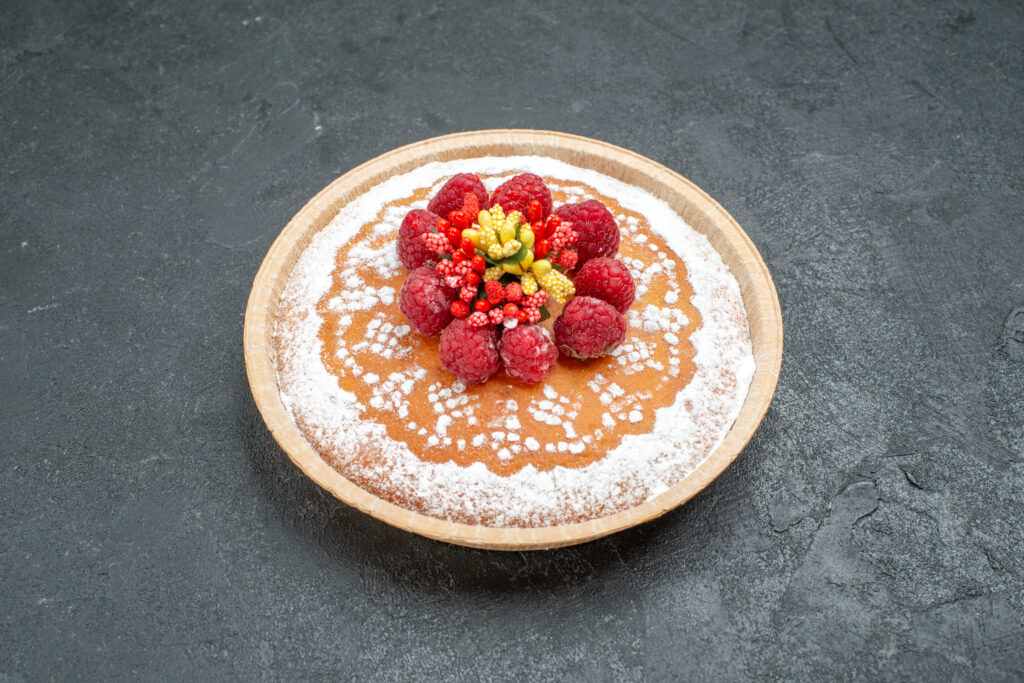Where to Watch Fireworks on the 4th of July: 25 Best Spots in the U.S.


In a world filled with constantly evolving food trends, there is something undeniably comforting about revisiting classic recipes that have stood the test of time. One such timeless delight is the old-fashioned oatmeal cake. This humble dessert, with its rich flavors and nostalgic charm, evokes memories of family gatherings and cozy afternoons. With its moist texture and a perfectly caramelized topping, the oatmeal cake offers a delightful balance of taste and tradition. Whether you’re a seasoned baker or a novice in the kitchen, crafting this cake is a rewarding experience that connects the past with the present.
The history of oatmeal cake dates back to a time when resourcefulness in the kitchen was a necessity. During the early 20th century, home cooks often relied on pantry staples to create delicious and satisfying meals. Oats, a staple in many households, became a popular ingredient due to their affordability and nutritional value. The oatmeal cake emerged as a creative way to transform these humble oats into a delectable dessert.
As the years went by, the oatmeal cake gained popularity, particularly in the United States, where it became a cherished recipe passed down through generations. Its simplicity and heartiness made it a favorite at potlucks and family gatherings, where its comforting flavors brought people together.

The beauty of an old-fashioned oatmeal cake lies in its simplicity. With just a few basic ingredients, you can create a cake that is both flavorful and satisfying. Each component plays a crucial role in achieving the perfect texture and taste.
Oats are the star ingredient of this cake, providing a unique texture and subtle nutty flavor. When soaked in boiling water, they soften and integrate seamlessly into the batter, giving the cake its characteristic moistness.
Brown sugar adds a rich sweetness and depth of flavor to the cake. Its molasses content enhances the cake’s moistness and contributes to the caramelized topping.
Butter is essential for creating a tender crumb and adding richness to the cake. It also plays a key role in the topping, where it combines with sugar and coconut to form a delectable crust.
Shredded coconut is often added to the topping, providing a delightful texture contrast. When toasted under the broiler, it adds a subtle crunch and enhances the cake’s overall flavor profile.
Creating an old-fashioned oatmeal cake is a straightforward process that even beginner bakers can master. The key is to follow each step carefully, ensuring that the ingredients are well incorporated for the best results.
Begin by soaking the oats. Combine them with boiling water and let them sit until they are soft and have absorbed most of the liquid. This step is crucial for achieving the cake’s moist texture.
While the oats are soaking, cream together the butter and brown sugar until light and fluffy. This mixture forms the base of the cake batter, to which eggs are added one at a time. Incorporating the eggs individually ensures a smooth and well-emulsified batter.
Next, sift together the dry ingredients, including flour, baking soda, and a pinch of salt. Gradually add these to the creamed mixture, alternating with the soaked oats. This method helps prevent overmixing, which can lead to a dense cake.
Once the batter is ready, pour it into a greased baking pan and bake until a toothpick inserted in the center comes out clean. The cake should be golden brown and springy to the touch.

The topping is what sets the oatmeal cake apart, adding a layer of flavor and texture that elevates the dessert. Traditional toppings often include a combination of brown sugar, butter, and coconut, which caramelize under the broiler to create a delectable crust.
To prepare the topping, melt butter in a saucepan and stir in brown sugar and shredded coconut until well combined. Spread this mixture evenly over the baked cake, ensuring it covers the entire surface.
Place the cake under a preheated broiler for a few minutes, watching closely to prevent burning. The topping should become bubbly and golden brown, with the coconut lightly toasted. This step requires careful attention, as the difference between perfectly caramelized and burnt can be a matter of seconds.
Old-fashioned oatmeal cake is best served warm, allowing the flavors to meld and the topping to retain its delightful crunch. It pairs beautifully with a scoop of vanilla ice cream or a dollop of whipped cream, enhancing the cake’s rich flavors.
If you have leftovers, the cake can be stored in an airtight container at room temperature for up to three days. For longer storage, consider refrigerating it, though this may slightly alter the texture of the topping. To enjoy the cake at its best, reheat individual slices in a warm oven or microwave before serving.
The old-fashioned oatmeal cake is more than just a dessert; it is a testament to the enduring appeal of simple, home-cooked recipes. Its comforting flavors and straightforward preparation make it a beloved choice for bakers and dessert lovers alike. Whether you’re looking to recreate a cherished family recipe or discover a new favorite, the oatmeal cake offers a delicious journey into the heart of traditional baking.